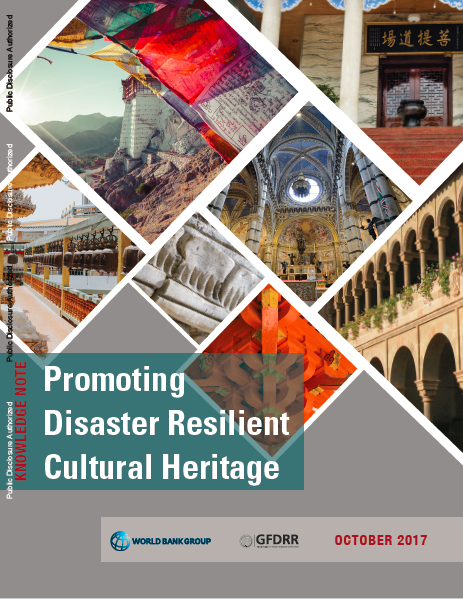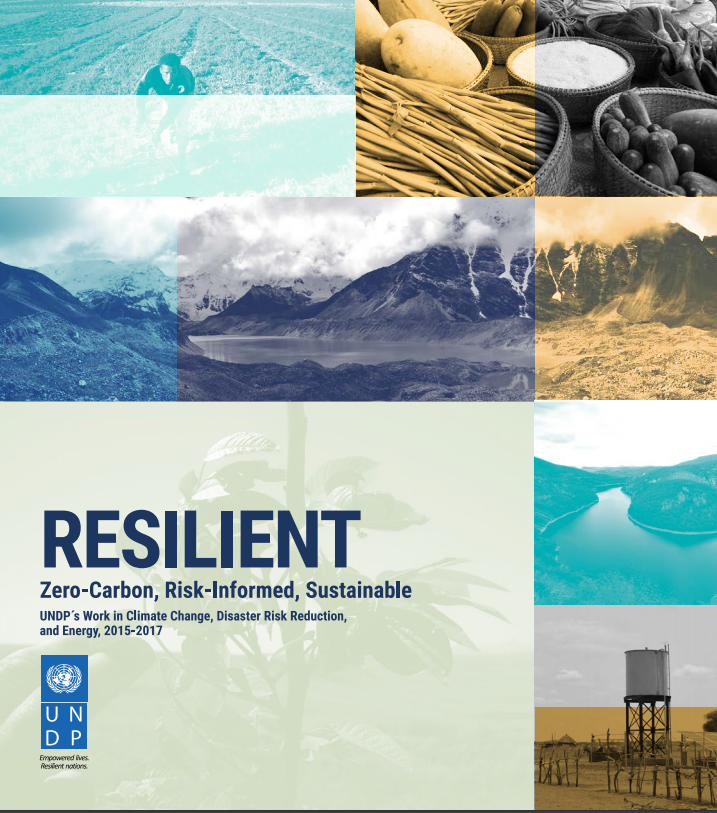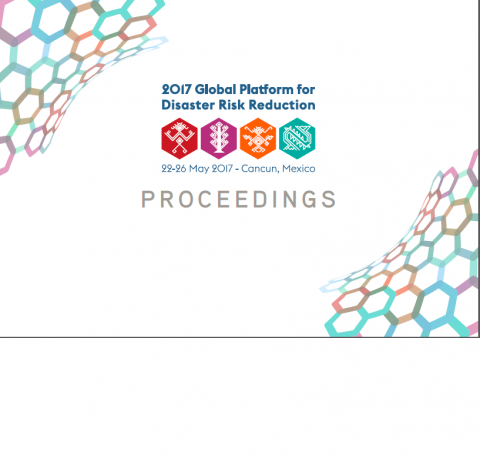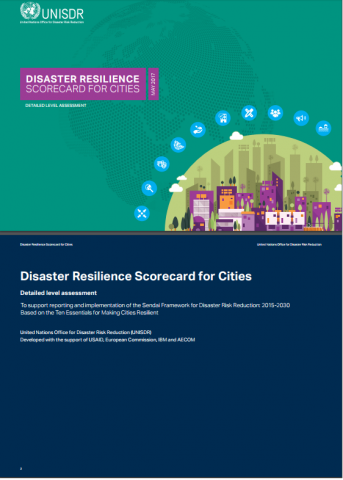Promoting Disaster Resilient Cultural Heritage
Cultural heritage is vulnerable to the adverse impacts of natural disasters, and climate change is adding to the urgency of addressing this challenge. Countries around the world are employing a variety of measures to safeguard cultural heritage against disaster risks, drawing on relevant conventions, policy frameworks, and guidance. To protect lives, livelihoods, and cultural heritage, […]
Promoting Disaster Resilient Cultural Heritage Read More »




